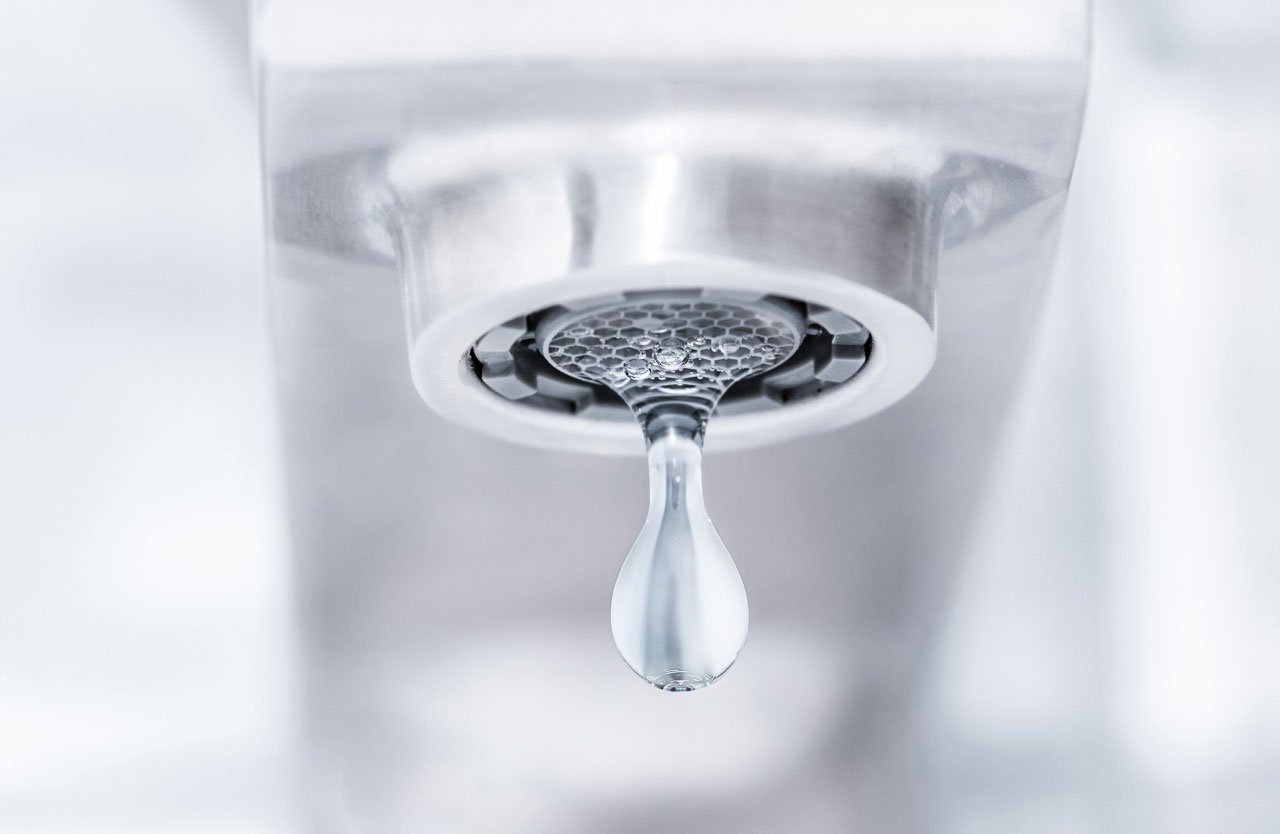Overview
Di(2-ethylhexyl) adipate is used in PVC plastic, plastic wrap and other consumer products. It is released as a pollutant from industrial sources and sewage treatment plants. In studies of laboratory animals, di(2-ethylhexyl) adipate can harm fetal development.
State, National, and Health Guidelines for Drinking Water
EWG Health Guideline: 200 ppb
The EWG Health Guideline of 200 ppb for di(2-ethylhexyl) adipate was defined by the California Office of Environmental Health Hazard Assessment as a public health goal, the level of a drinking water contaminant that does not pose a significant health risk. This health guideline protects against harm to internal organs.
EPA Maximum Contaminant
Level (MCL): 400 ppb
The legal limit for di(2-ethylhexyl) adipate, established in 1992, was based on a toxicity study in laboratory animals conducted in the 1980s.
ppb = parts per billion
National Standard Exists
Health Concerns:
Change to fetal growth and development
Harm to the liver











